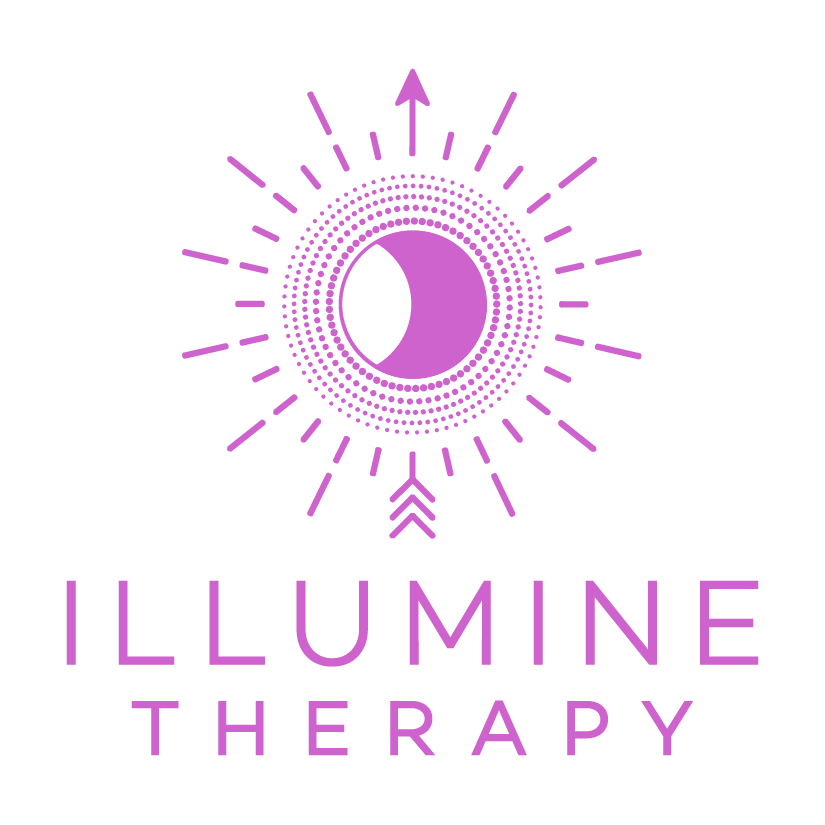Adverse Childhood Experiences (ACEs) (3/5)
Some of my clients come to me to work on childhood trauma. The Adverse childhood experiences (ACEs) test is sometimes used to get an accurate representation of their childhood and to help make a plan on how to reduce and heal from childhood trauma.
Adverse childhood experiences (ACEs) are events that occur during childhood that are potentially traumatic, such as abuse, neglect, or household dysfunction.
Research has shown that ACEs can have a significant impact on mental and physical health, as well as social and economic outcomes later in life.
“The CDC-Kaiser Permanente adverse childhood experiences (ACE) study is one of the largest investigations of childhood abuse and neglect and household challenges and later-life health and well-being.” (www.cdc.gov, 2023)
In this blog, we'll explore ACEs and offer tips on how to heal from childhood trauma.
Effects of ACEs
1. Mental Health: ACEs have been linked to a range of mental health problems, including depression, anxiety, post-traumatic stress disorder, and substance abuse.
2. Physical Health: ACEs have been linked to a range of physical health problems, including chronic pain, heart disease, and diabetes.
3. Social and Economic Outcomes: ACEs have been linked to a range of negative social and economic outcomes, including lower educational attainment, lower income, and greater involvement in the criminal justice system.
Here is a quiz that you can take that lets you know what your ACE score is: https://americanspcc.org/take-the-aces-quiz/
What’s the benefit of knowing your ACE score?
Once you know your ACE score, you can begin to understand how events in your childhood might have impacted you. You might also recognize your resiliency in where you are today. Knowing tends to be the first step and then you can move into making a plan and taking action. There are many things one can do to begin to reduce or heal the impact of childhood trauma.
The Deepest Well: Healing The Long-Term Effects of Childhood Trauma and Adversity by Dr. Nadine Burke Harris is a phenomenal read. She has been charging the path of understanding ACEs, implementing screening, and educating people on ways to heal.
She recommends these six steps to heal or reduce the impact of childhood trauma. They are sleep, exercise, nutrition, mindfulness, mental health therapy, and surrounding yourself with healthy relationships. It is a good read for anyone who wants to dig deeper.
Expanding on a few things you can do on your journey to healing childhood trauma:
1. Seek Professional Help: The effects of childhood trauma can be difficult to overcome on your own. Seeking professional help from a therapist or counselor who specializes in trauma can be a helpful first step in the healing process.
2. Practice Self-Care: Self-care can be a powerful tool for healing from childhood trauma. This can include activities such as exercise, meditation, weighted blankets, slowing down and relaxing, and spending time with supportive friends and family.
3. Connect with Others: Connecting with others who have had similar experiences can be a helpful way to feel less alone and to gain support and understanding. Consider joining a support group or finding a therapist who specializes in trauma.
4. Embrace Healing as a Journey: Healing from childhood trauma is a journey that takes time and effort. It's important to approach this journey with patience and compassion for yourself.
In conclusion, adverse childhood experiences can have a significant impact on mental and physical health, as well as social and economic outcomes later in life. With time, effort, and support, it's possible to overcome the effects of childhood trauma and move towards a more fulfilling and joyful life. I’ve seen this happen to my clients and I believe in the power of healing.


